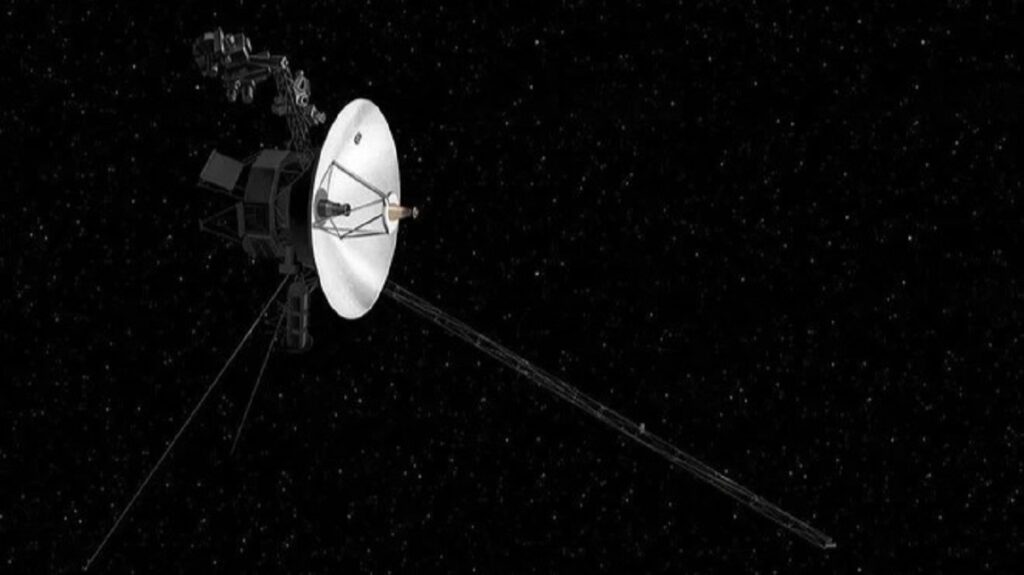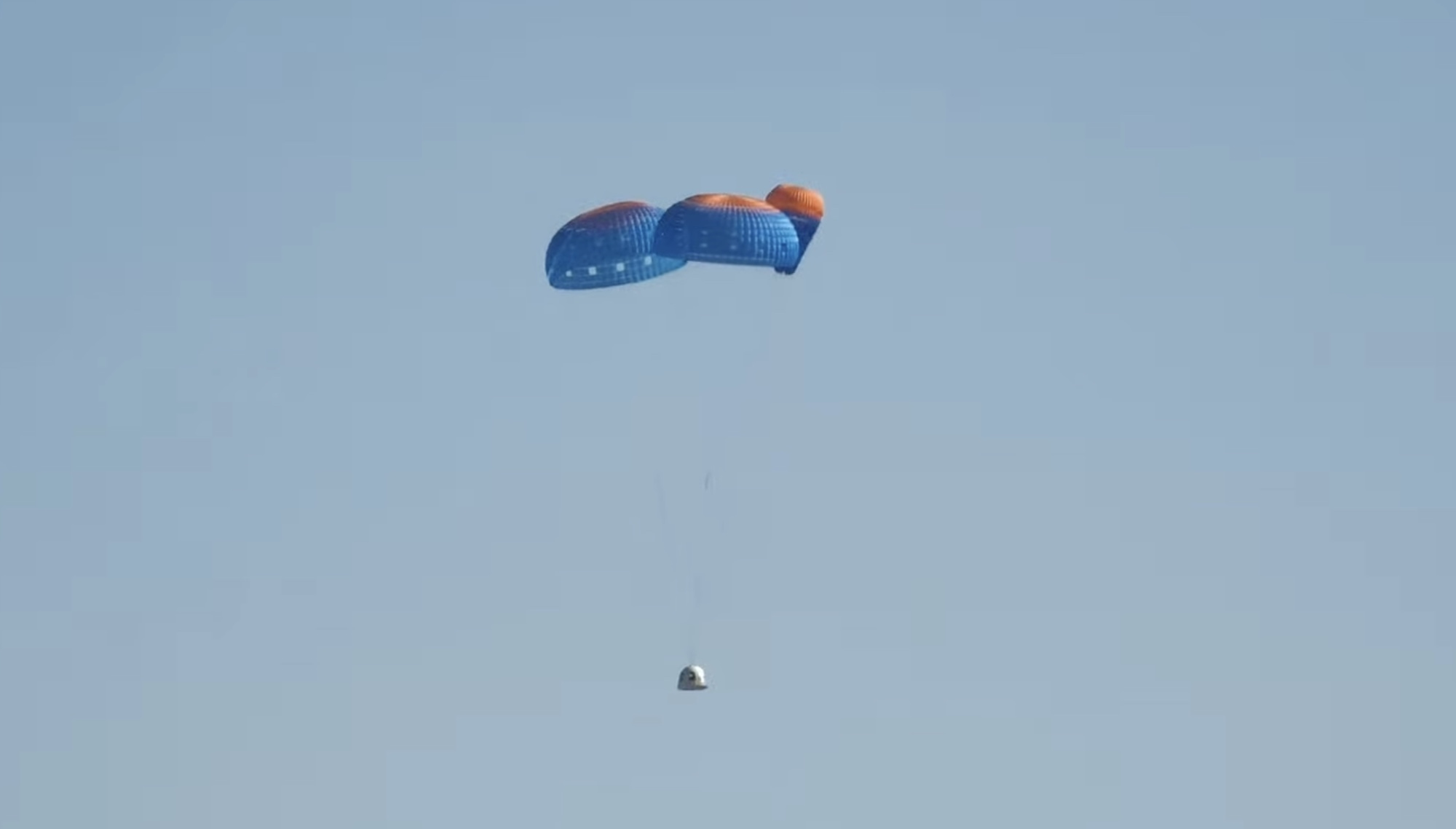How Far Can Voyager 2 Probe Travel in Space?
Introduction
The Voyager 2 probe, launched by NASA in 1977, has been a pioneer in exploring our solar system. But have you ever wondered how far this spacecraft can travel? In this article, we will delve into the incredible journey of Voyager 2 and the factors that limit its exploration of the cosmos.
Voyager 2: A Brief Overview
Voyager 2 is a remarkable spacecraft that forms an integral part of NASA’s renowned Voyager program. This groundbreaking program encompasses not just one, but two spacecraft – Voyager 1 and Voyager 2. The primary objective of Voyager 2 was to conduct extensive research and exploration of the outer planets within our vast solar system. It embarked on an awe-inspiring mission to unravel the mysteries of Jupiter, Saturn, Uranus, and Neptune, uncovering invaluable insights and knowledge along the way. After these captivating encounters, Voyager 2 fearlessly ventured further into the cosmic abyss, embarking on an extraordinary journey into the mesmerizing realm of interstellar space, where it continues to pave the way for groundbreaking discoveries and expand our understanding of the universe.
The Power Source: Radioisotope Thermoelectric Generator (RTG)
One of the crucial elements that has enabled Voyager 2 to undertake its remarkable journey far away from Earth is its reliable and innovative power source. The probe is equipped with a highly sophisticated and cutting-edge Radioisotope Thermoelectric Generator (RTG), which plays a pivotal role in converting the heat generated by the natural decay of radioactive isotopes into a continuous and sustainable supply of electricity. This groundbreaking power supply, known for its exceptional longevity, has been the driving force behind Voyager 2’s uninterrupted operation and exploration for several decades, allowing it to gather invaluable data and insights from the depths of space.
The Heliopause: The Solar System’s Border
In 2018, Voyager 2 achieved a significant milestone by crossing the heliopause, which is the boundary that marks the outer limit of the influence of our Sun’s solar wind. This remarkable feat solidified Voyager 2’s place in history as the second human-made object, following its twin Voyager 1, to venture into the vast expanse of interstellar space. It is truly awe-inspiring to think about the incredible journey that Voyager 2 has embarked upon, defying all odds and pushing the boundaries of human exploration. As it continues its voyage through the cosmos, Voyager 2 serves as a testament to our insatiable curiosity and our relentless pursuit of knowledge about the universe that surrounds us.

Limitations on Communication
As Voyager 2 embarks on its journey further into the vast expanse of space, the challenges of communication become even more pronounced. The signal transmitted by the probe, which carries with it a wealth of scientific information, traverses the immense distances of the cosmos, taking over 17 hours to reach our home planet, Earth. This significant time delay presents a formidable obstacle to real-time interactions and adjustments, as scientists anxiously await the arrival of the precious data from the far reaches of the universe. Nevertheless, the dedication and perseverance of these scientific pioneers enable them to continue their invaluable work, as they eagerly receive and analyze the ever-flowing stream of information emanating from this intrepid spacecraft, unlocking the mysteries of the cosmos one piece at a time.
The Future of Voyager 2
Voyager 2’s epic journey is far from over. As time goes on, while its sophisticated instruments may gradually cease functioning, the remarkable spacecraft itself will continue to gracefully traverse the vast expanse of the Milky Way for countless millions of years, a true testament to the indomitable spirit of human exploration and our insatiable curiosity about the awe-inspiring cosmos that surrounds us. Even though it may never have the opportunity to encounter another star or planetary system in its eternal voyage, Voyager 2 will forever stand as an enduring symbol of humanity’s boundless quest for knowledge and our unwavering determination to unravel the mysteries of the universe.
In conclusion, Voyager 2 has traveled remarkable distances, well beyond the boundaries of our solar system. Its longevity and the power of its Radioisotope Thermoelectric Generator (RTG) have allowed it to keep exploring the unknown. The spacecraft’s journey has taken it through the outer planets, providing invaluable data and insights into these distant worlds. Despite the challenges it has faced, Voyager 2 continues to transmit vital information back to Earth, deepening our understanding of the cosmos. While it may not encounter alien civilizations or distant stars, Voyager 2 remains a symbol of human ingenuity and our unyielding quest for knowledge in the vastness of space.
References:
- NASA. (n.d.). Voyager – The Interstellar Mission. https://voyager.jpl.nasa.gov/
- Lorenz, R. D. (2019). Spacecraft Thermal Control Handbook, Volume I: Fundamental Technologies. The Aerospace Press.







